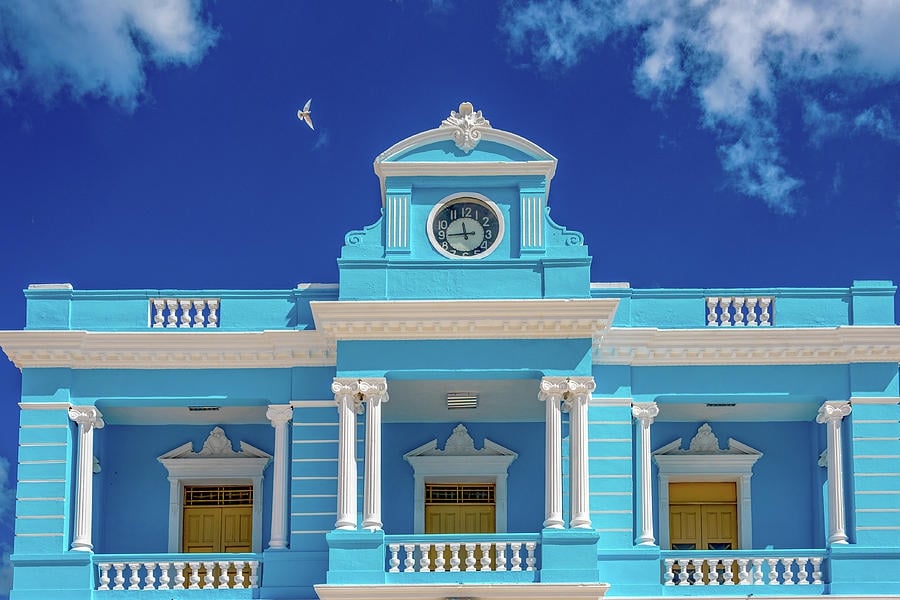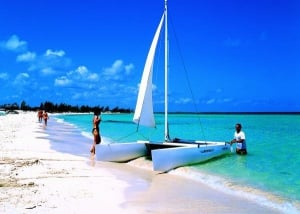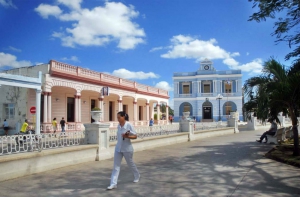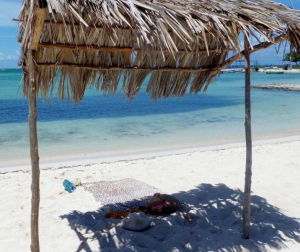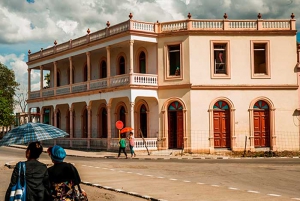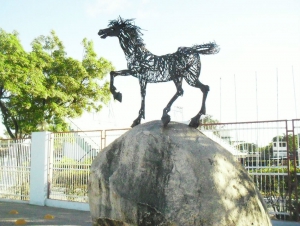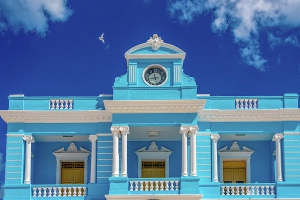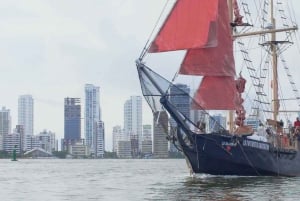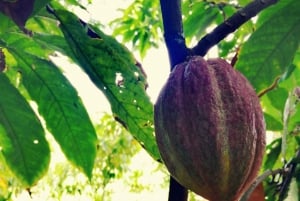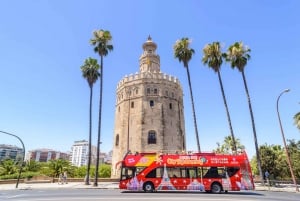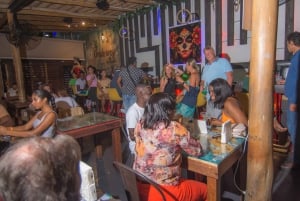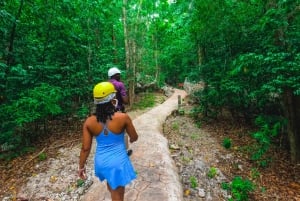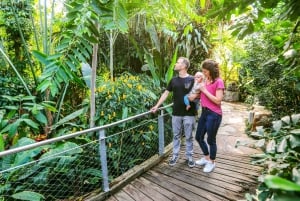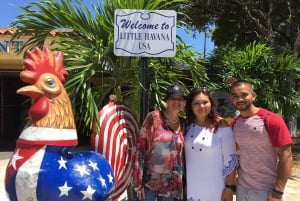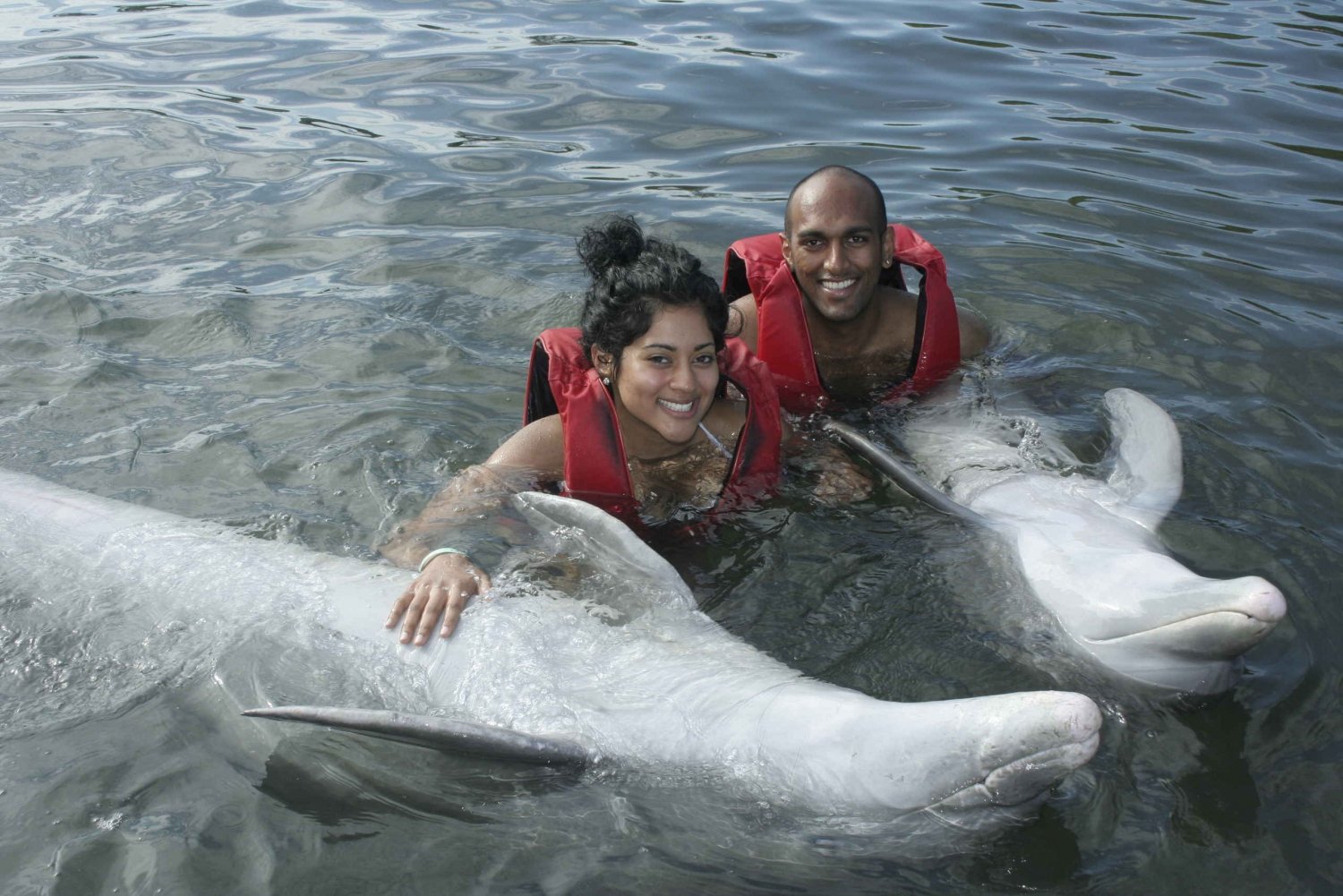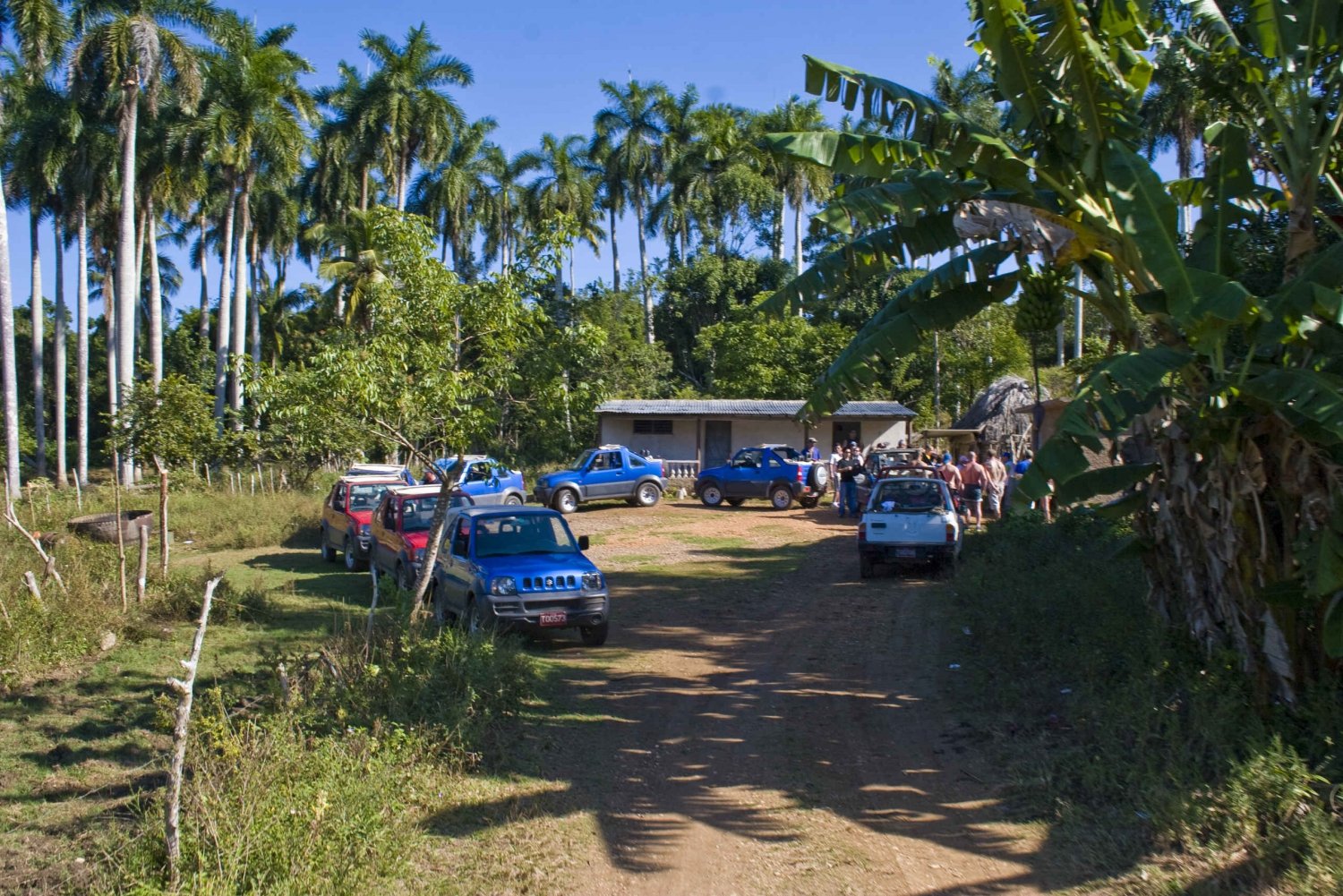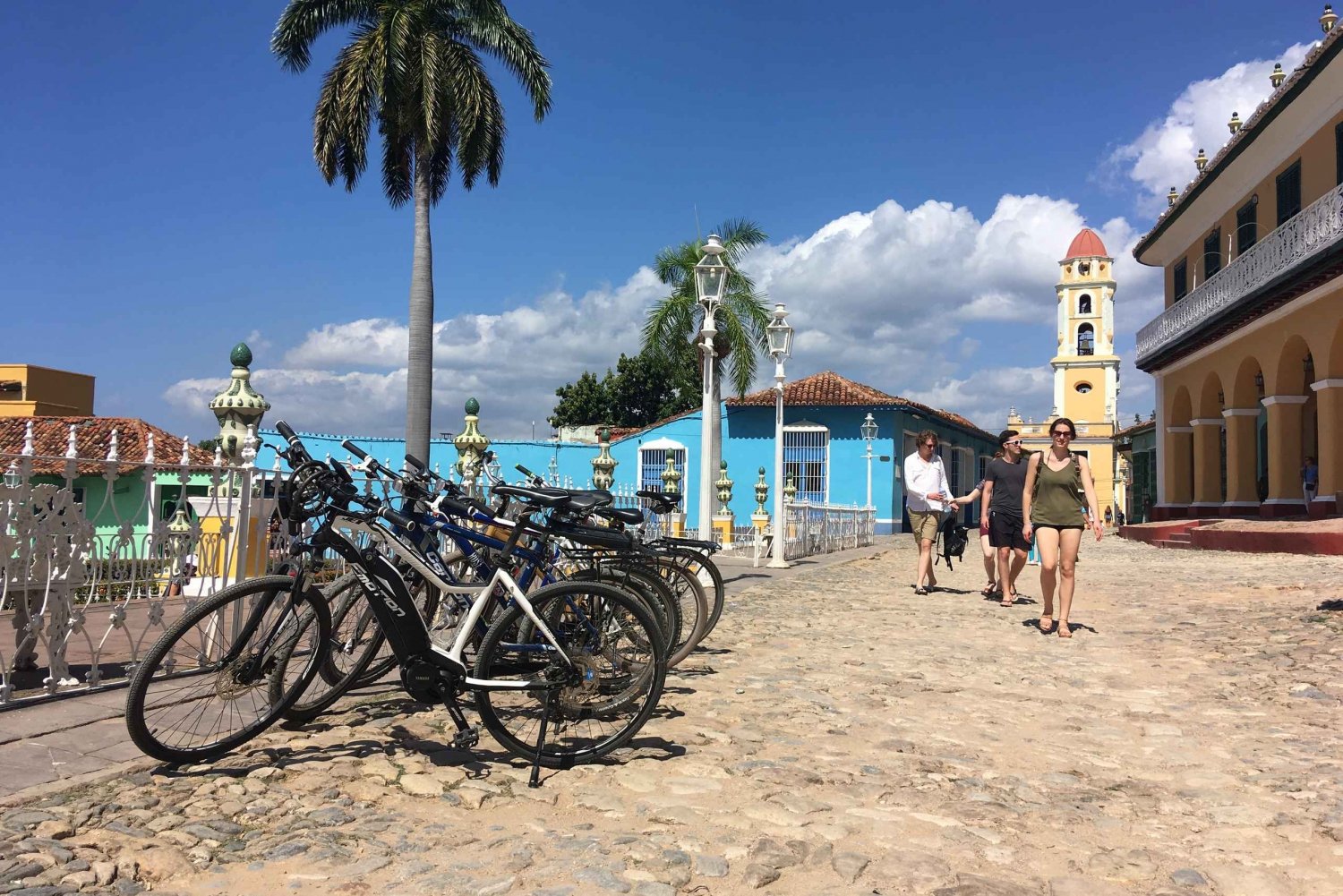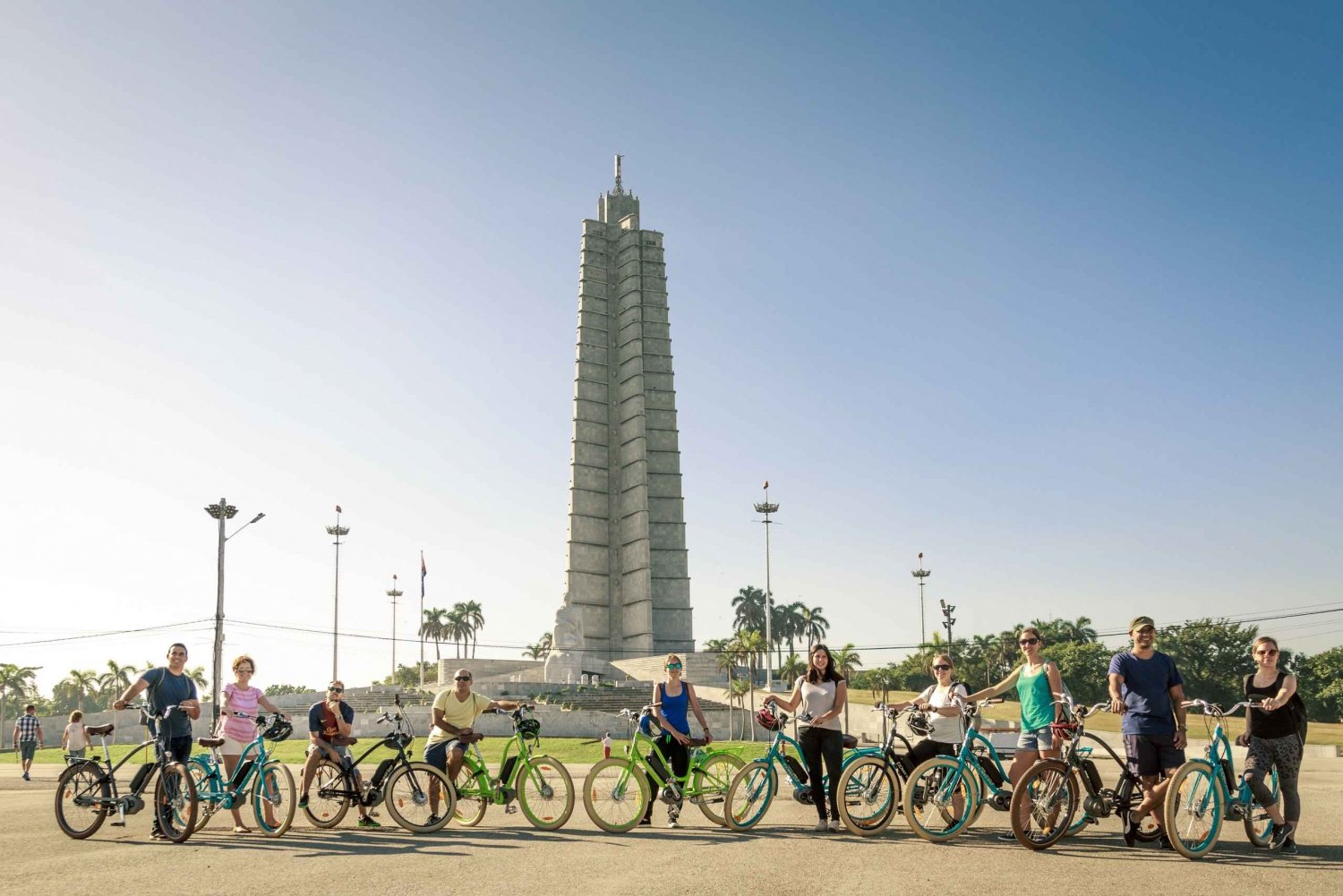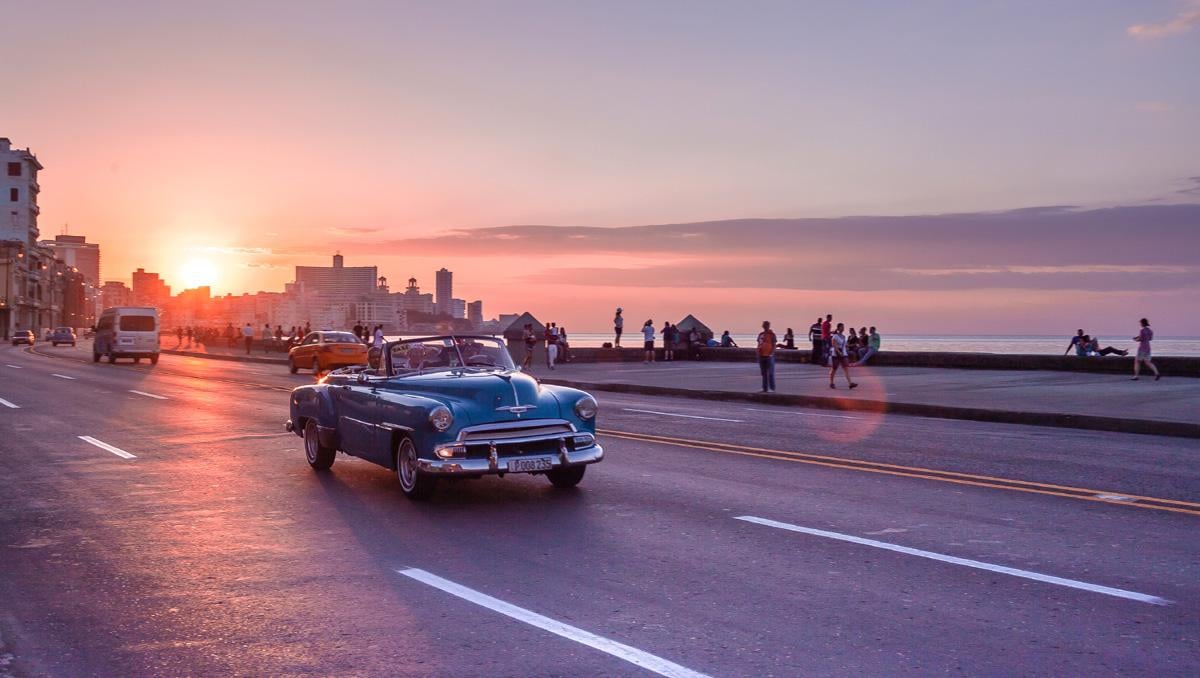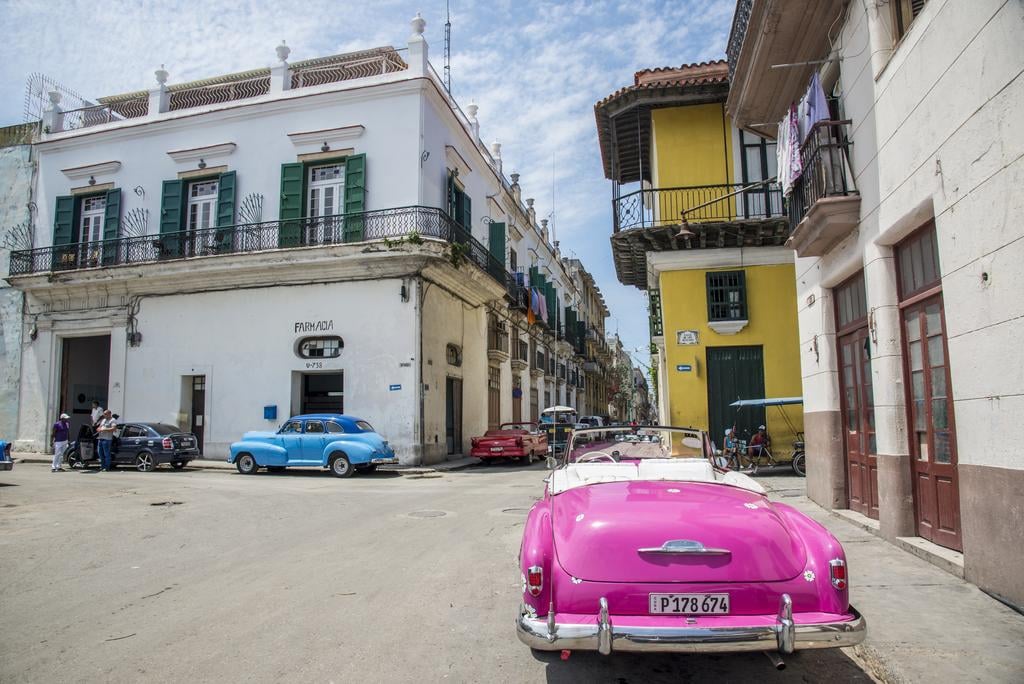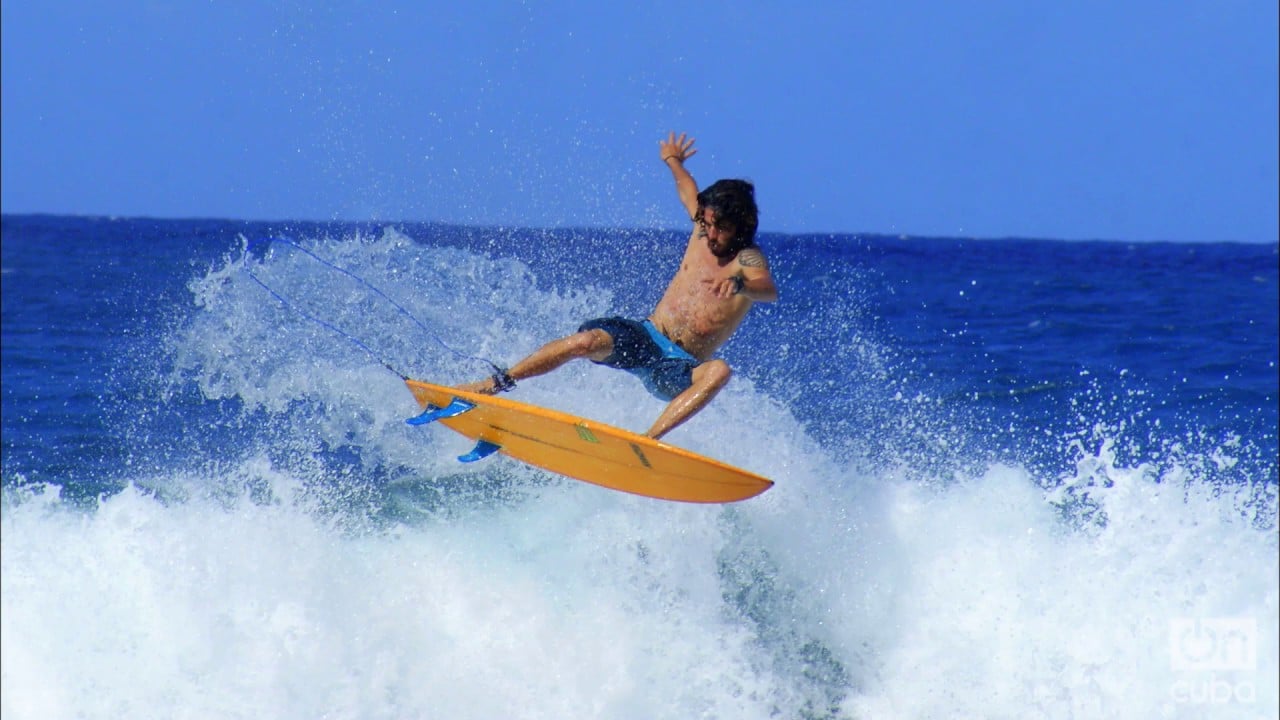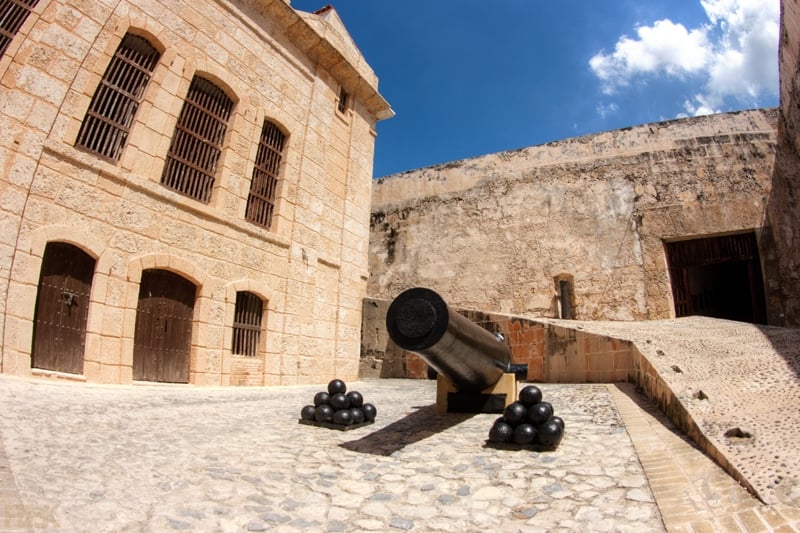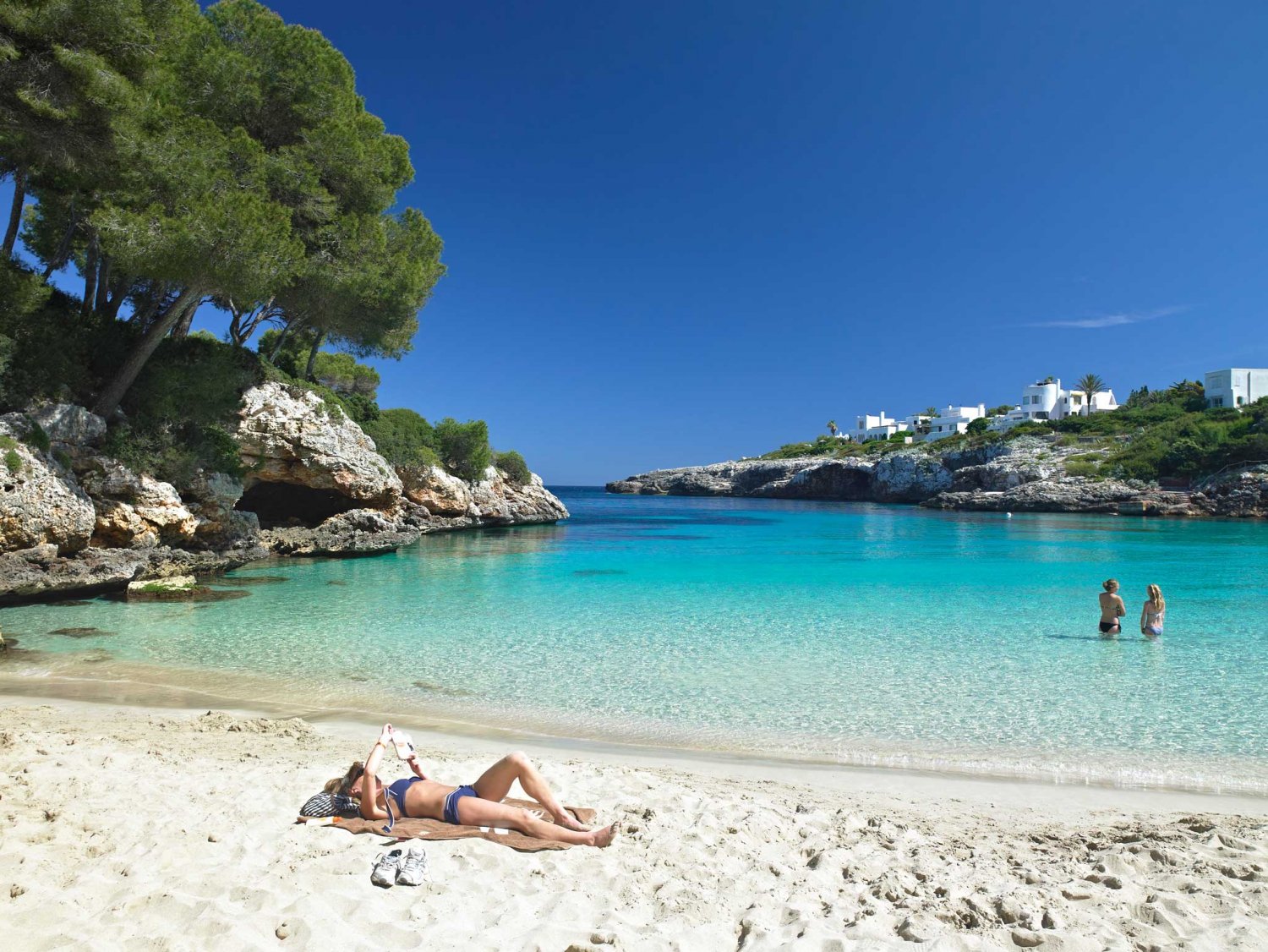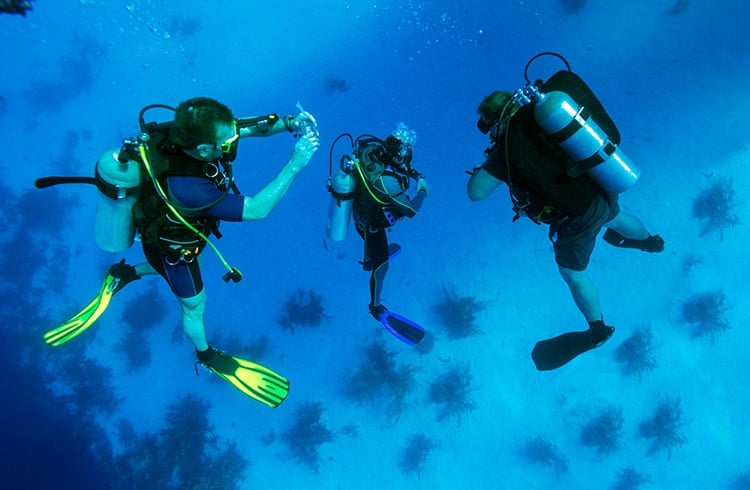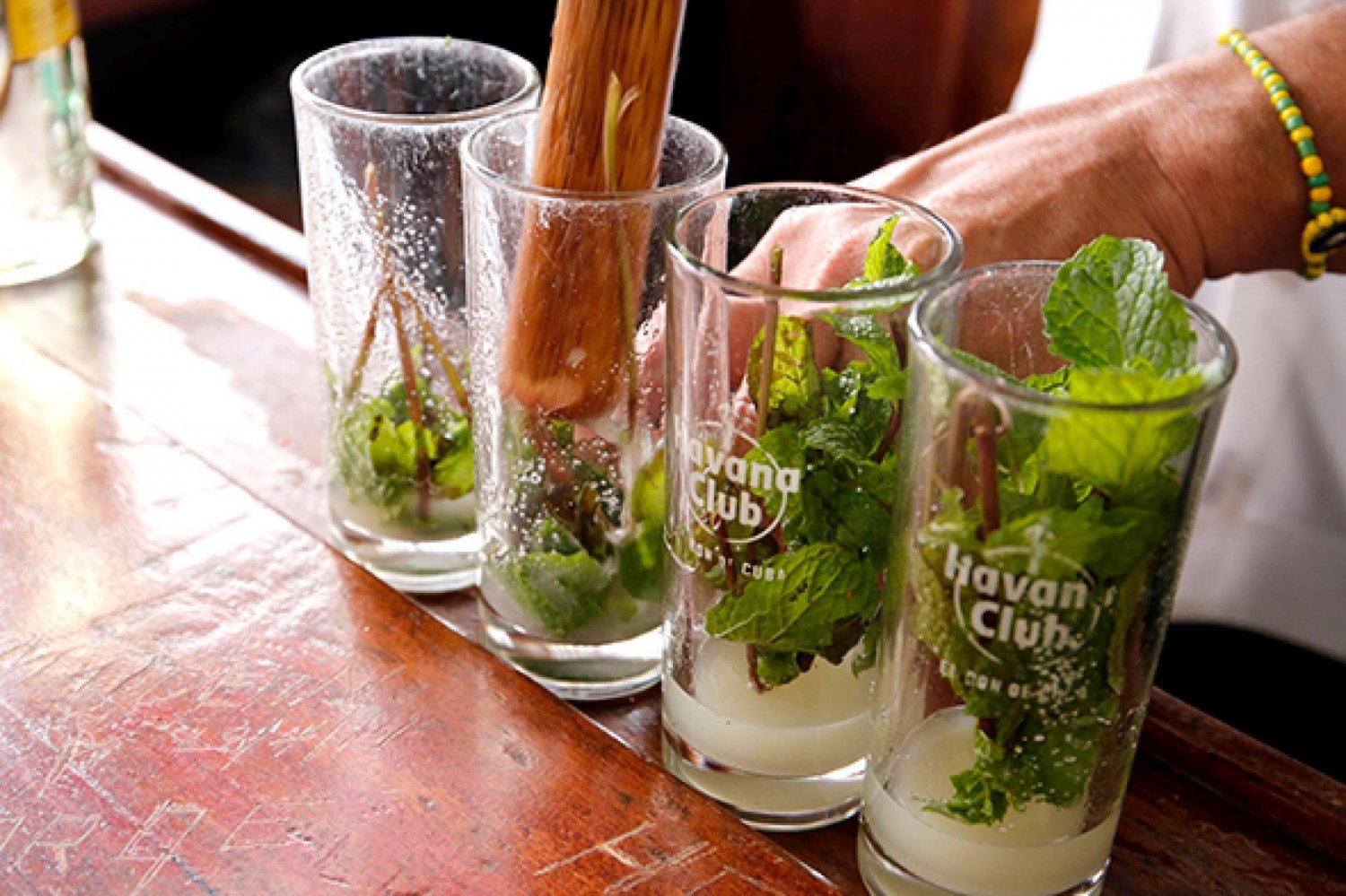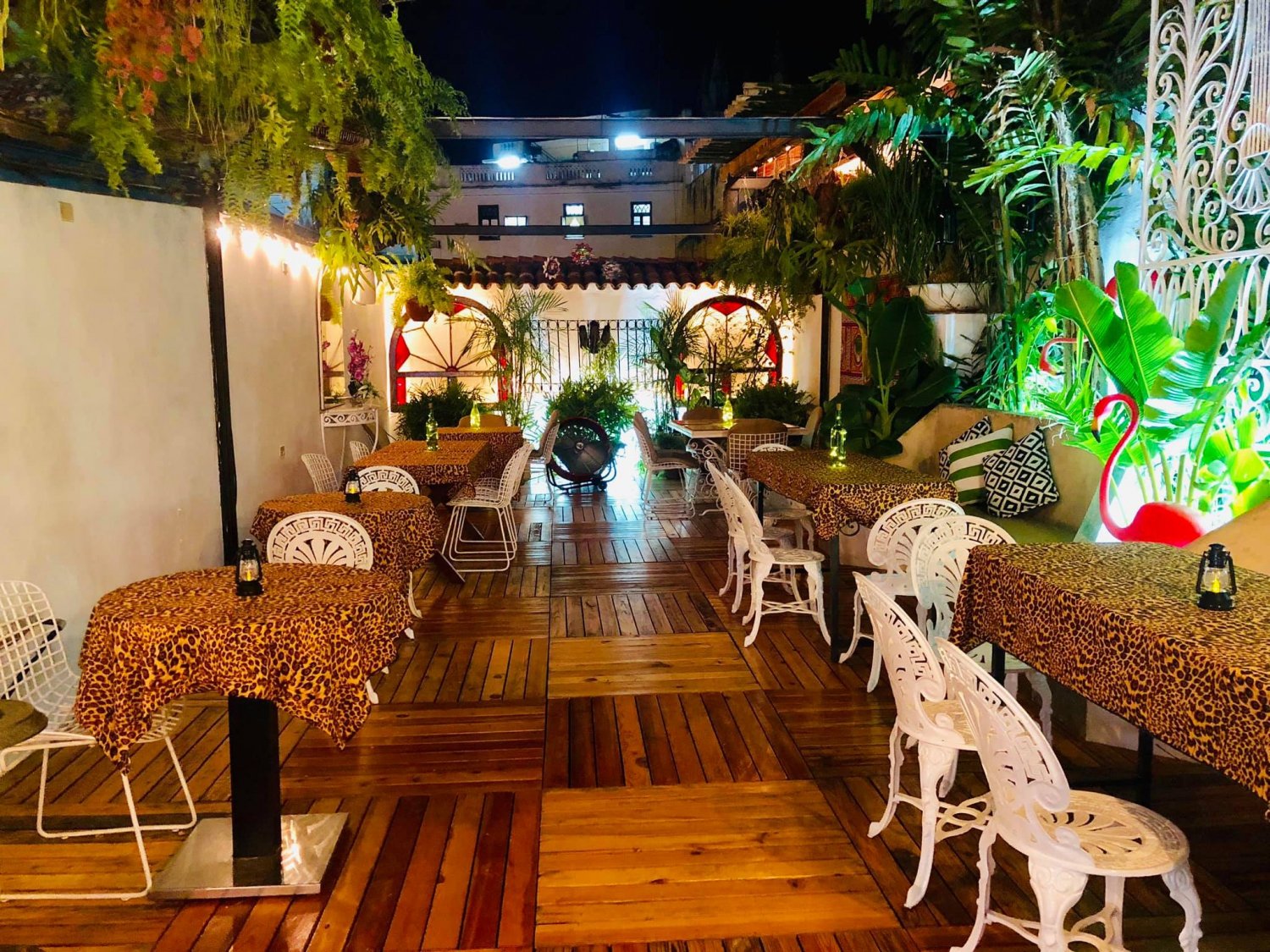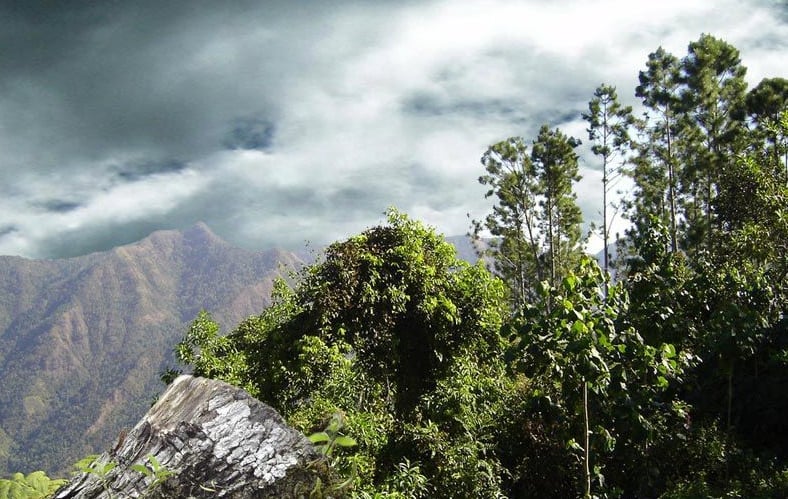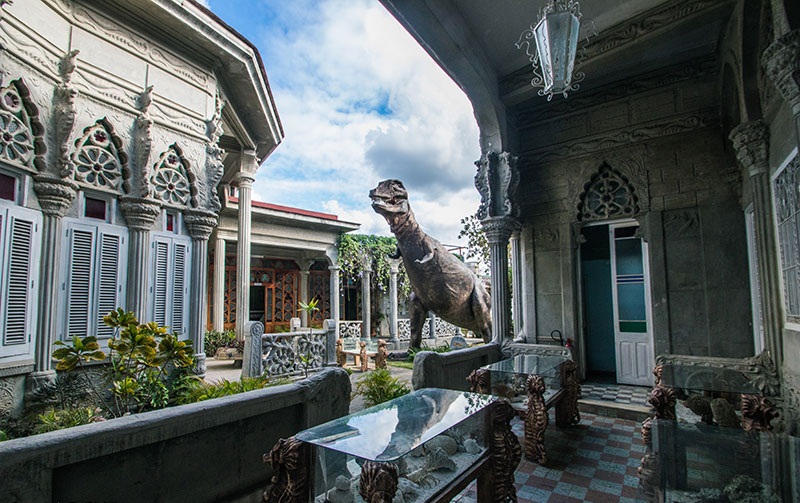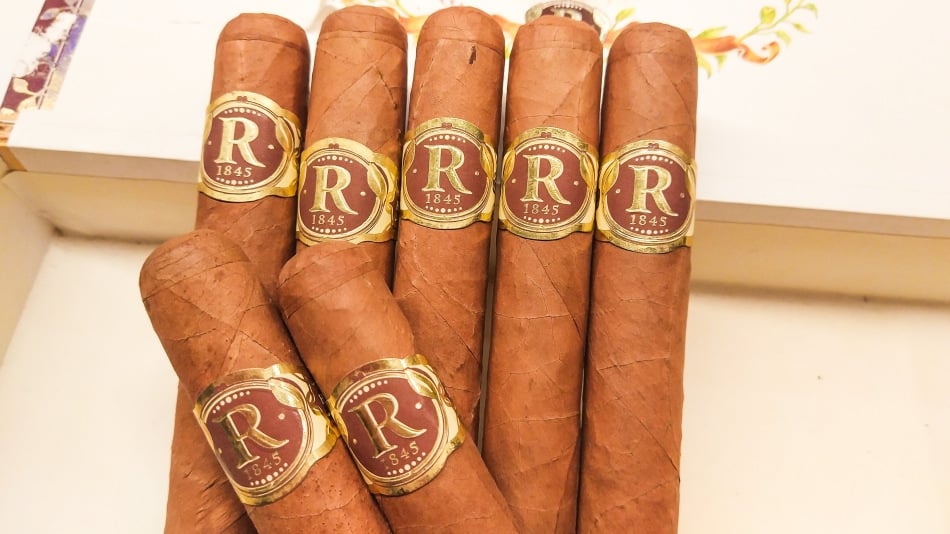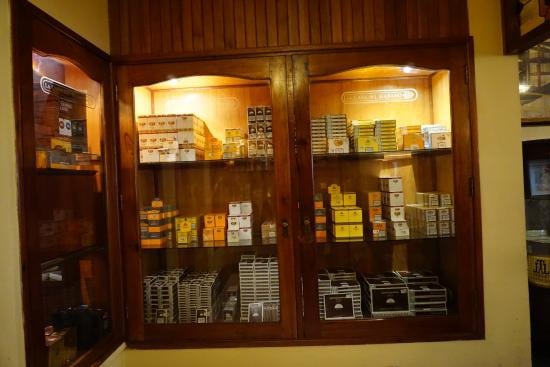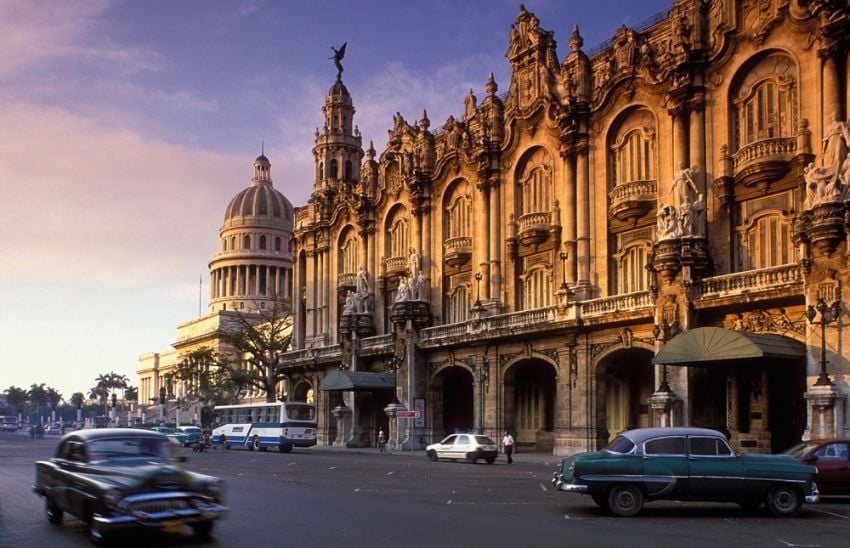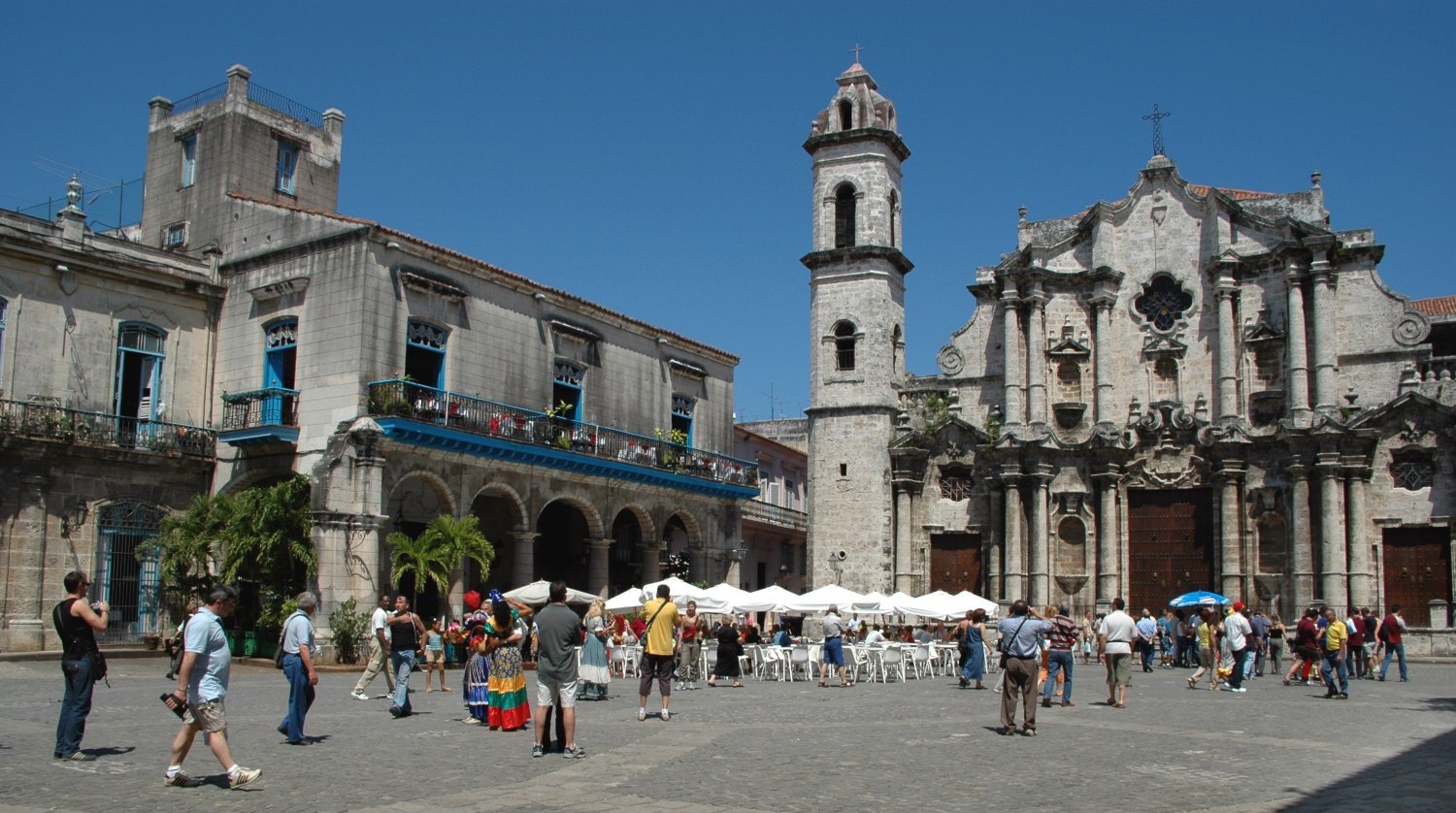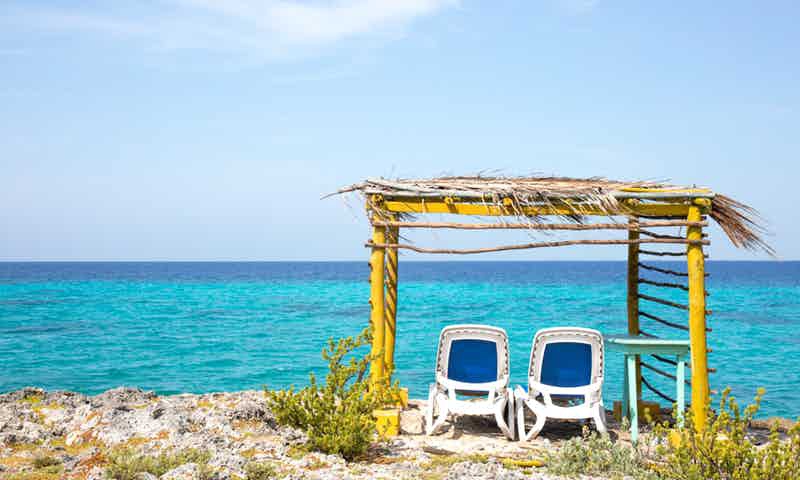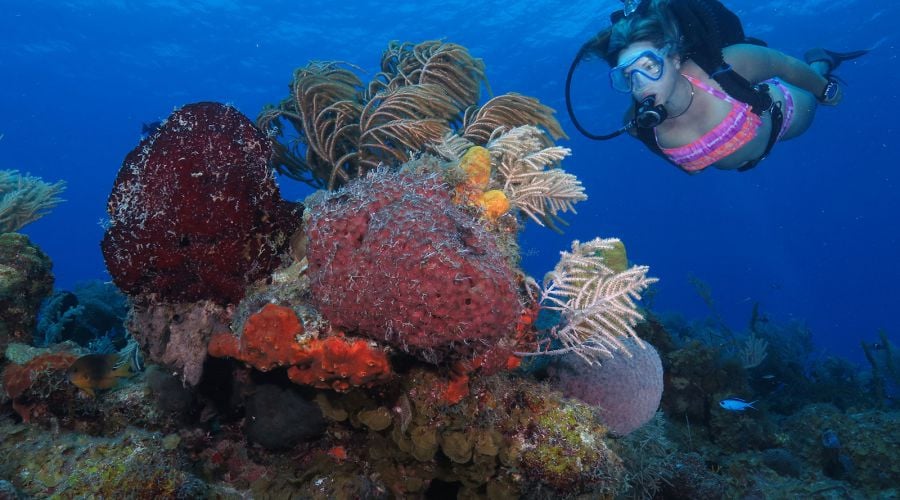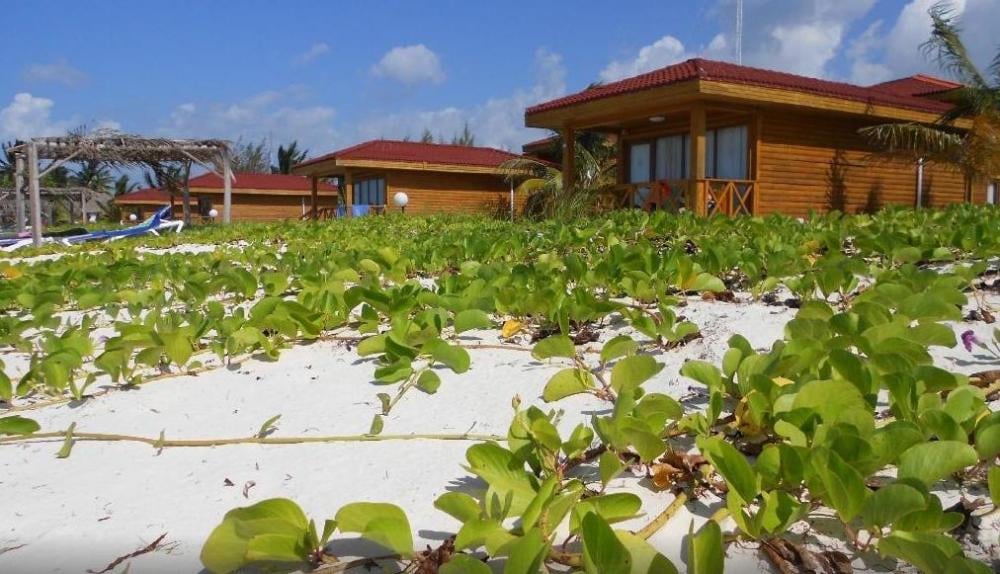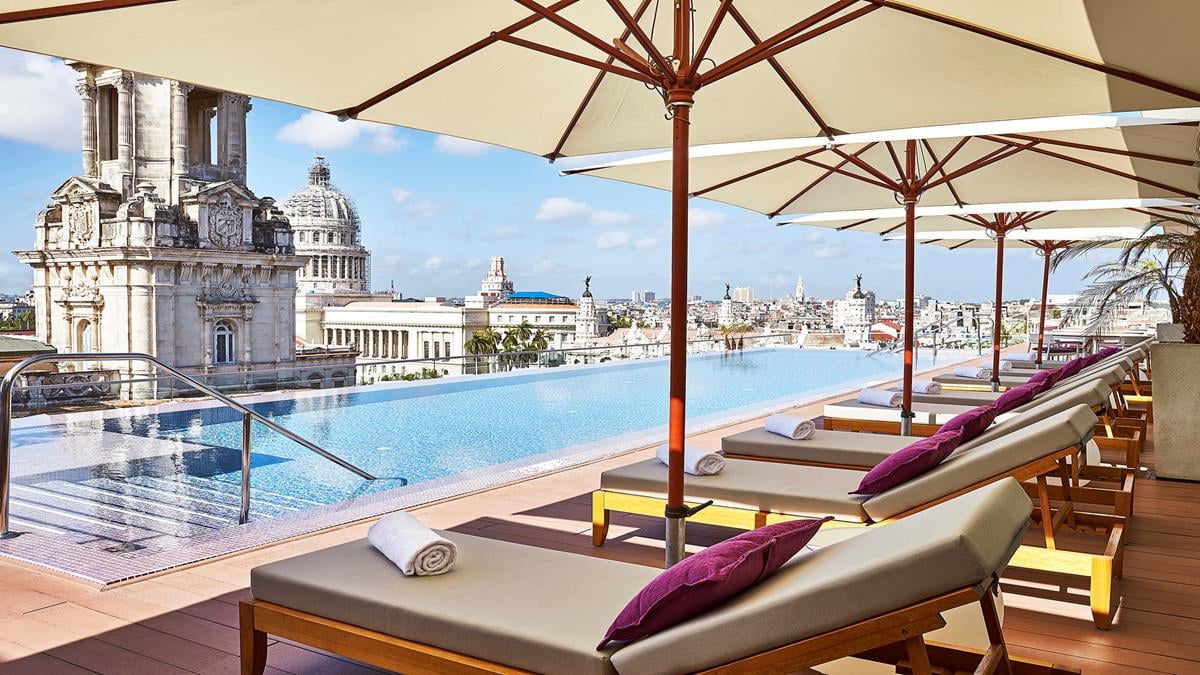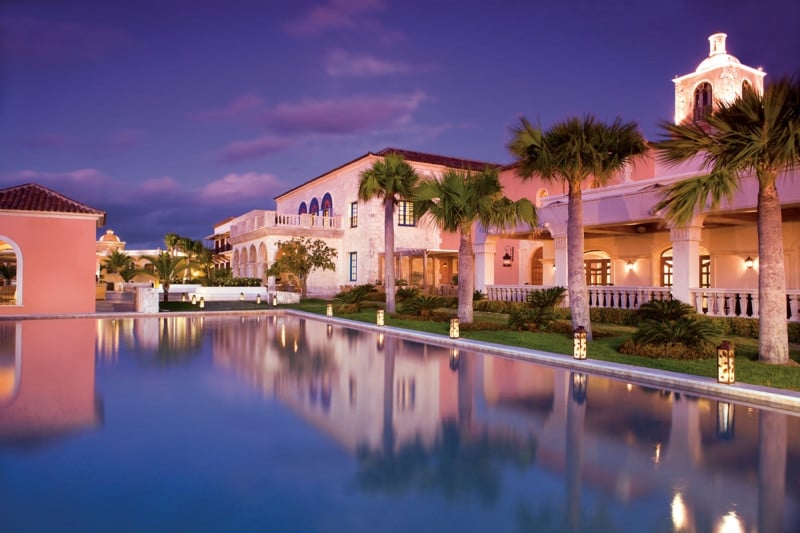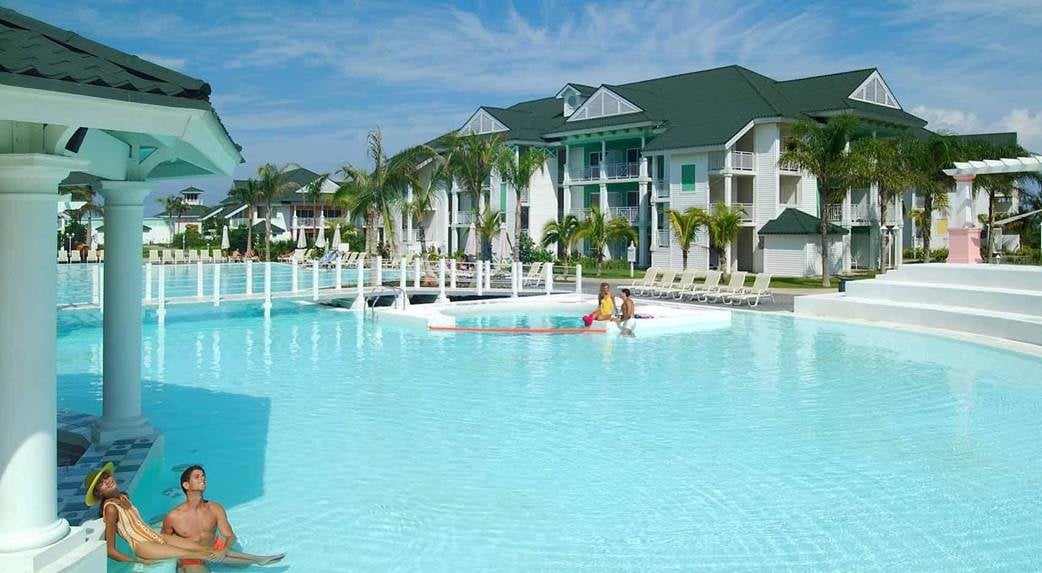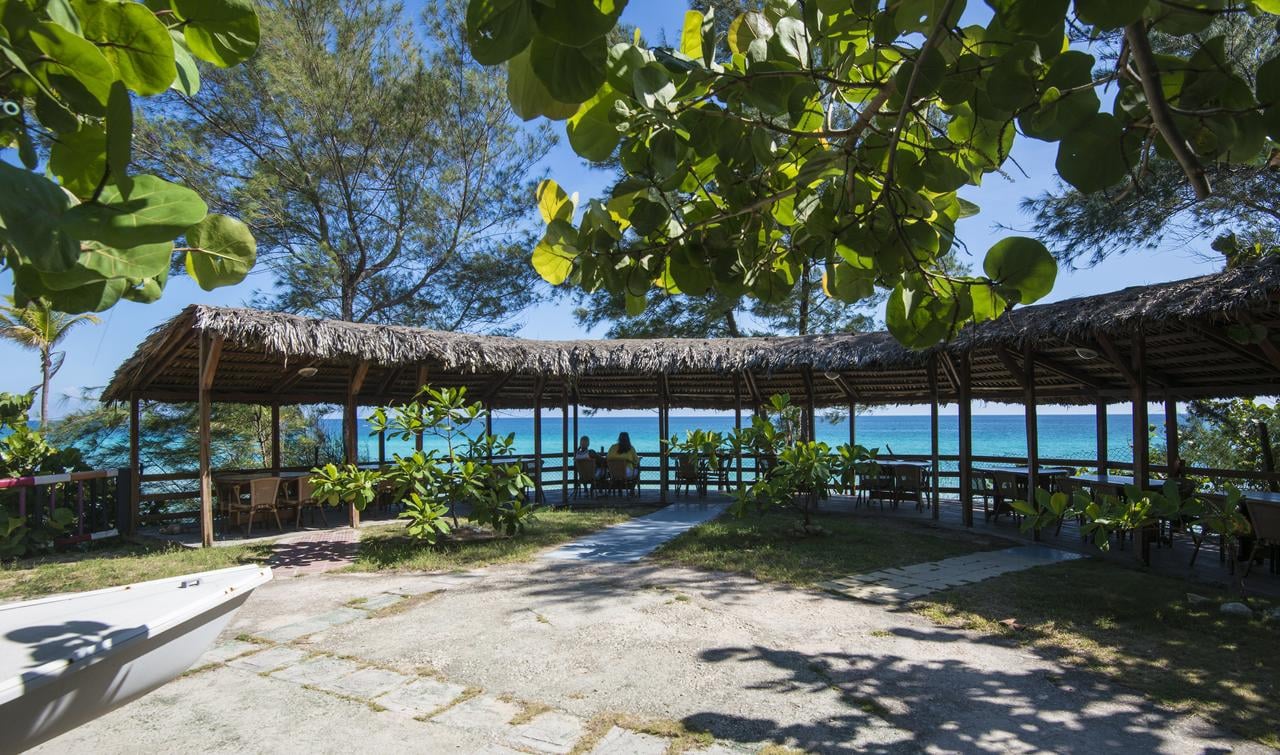Las Tunas
Visit Las Tunas and delve into the history, culture and paradises of the so-called
Las Tunas
Las Tunas, name derived from the characteristic vegetation of the area, is not an excessively large or popular province. Considered the eastern part of Cuba, closer to Haiti than to Havana, the one known as the "Balcony of the East" also has its own charm. Its history and folklore are in every corner of this region more rural than other areas of Cuba, but for this reason much more welcoming.
In the capital of the province, Las Tunas, you have the opportunity to get to know the culture of its kind and friendly inhabitants just by walking through its streets and observing the amount of sculptures that rise in all parts of the city. More than one hundred figures decorate the capital, also known as the "City of Sculptures." This fact shows the cultural interest of the Tuneros, who care and remember their history and traditions at all times.
Its hectic warlike past has given rise to a very culturally rich province, so among the monuments that you should not miss, you will find the General Vicente García Provincial Museum, the Martyrs Memorial Museum of Barbados, the Birthplace of Major General Vicente García , El Cornito or Cucalambé Park, where the Cucalambeanas Days take place annually. In addition, as a sign of the improvement of the most praised art in the region, you can understand the importance of sculpture by visiting the original Plaza Martiniana and the imposing Plaza de la Revolución de Las Tunas.
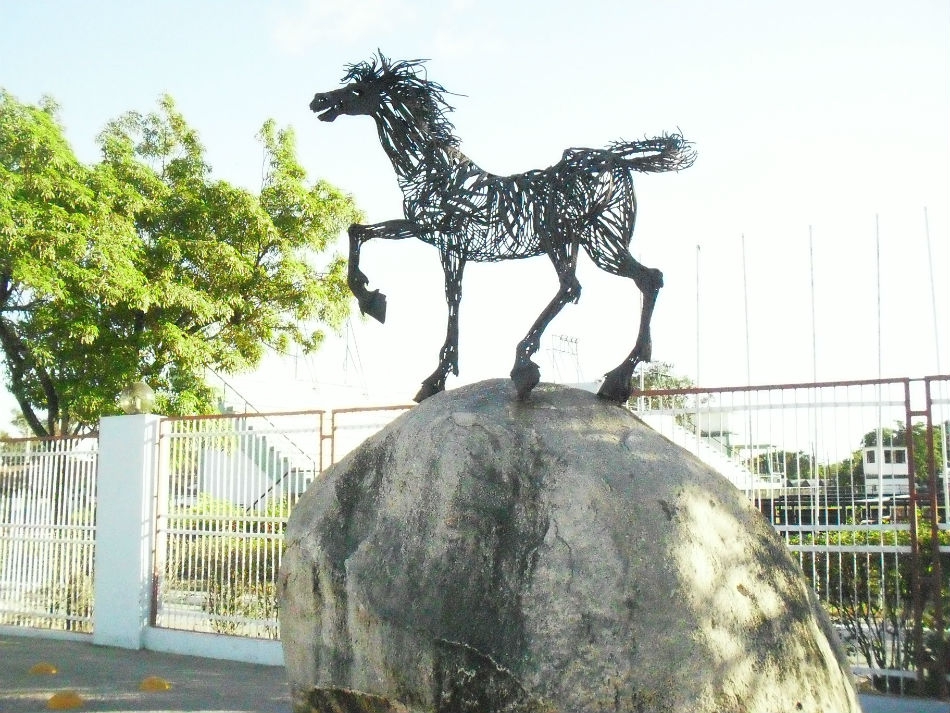
Las Tunas
As for the most significant sculptural works of the Tunisian identity do not miss the beautiful Fountain of the Antilles, the Monument to Work, the Monument to literacy or the mythical Contrasted Figures or Indian Heads; since all of them tell key moments in the history of the tuneros.
If you decide to learn more about the province, there are two relevant areas that will complete your trip to the east of the country. On the one hand, Mount Cabaniguán located south of the town of Jobabo and which houses the second natural reserve of Cuba, protected internationally by the Ramsar Convention. On the other hand, the port city of Puerto Padre, opens the doors not only to the history of the city with the Fort de la Loma and the Fernando García Grave de Peralta Municipal Museum; but also to a set of virgin and little frequented beaches in most of the year that will allow you to enjoy the Cuban paradise. Among the most beautiful are La Herradura, La Llanita and La Boca, as well as Punta Covarrubias, which has the first all-inclusive resort in the province.
It is the perfect opportunity to combine culture and rest in one of the most exotic areas, by little known, of the country. If you wonder about the most interesting dates to visit the "Balcony of the East", any time is a good occasion to do so. In the month of November you can enjoy the International Festival of Magic Amphora, held over a week and where you will find the most recognized professionals nationally and internationally. From February and over two months you can enjoy artistic events such as the Rita Longa sculpture biennial or more spring events with La Plastica in April or the National Small Format Hall, other major recognitions to sculpture art .
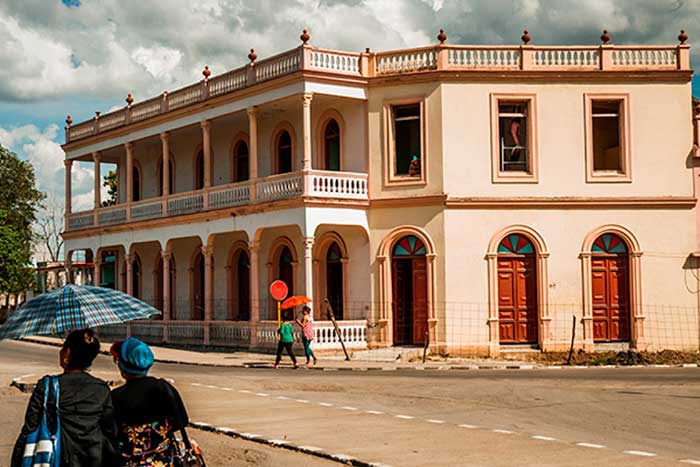
Las Tunas
On the other hand, every weekend the traditional festival of Los Rodeos Cubanos takes place in Las Tunas and in June the famous Cucalambeanas Days so representative of the Tunisian culture. As you can see, any moment is an ideal opportunity to get to know Las Tunas.


